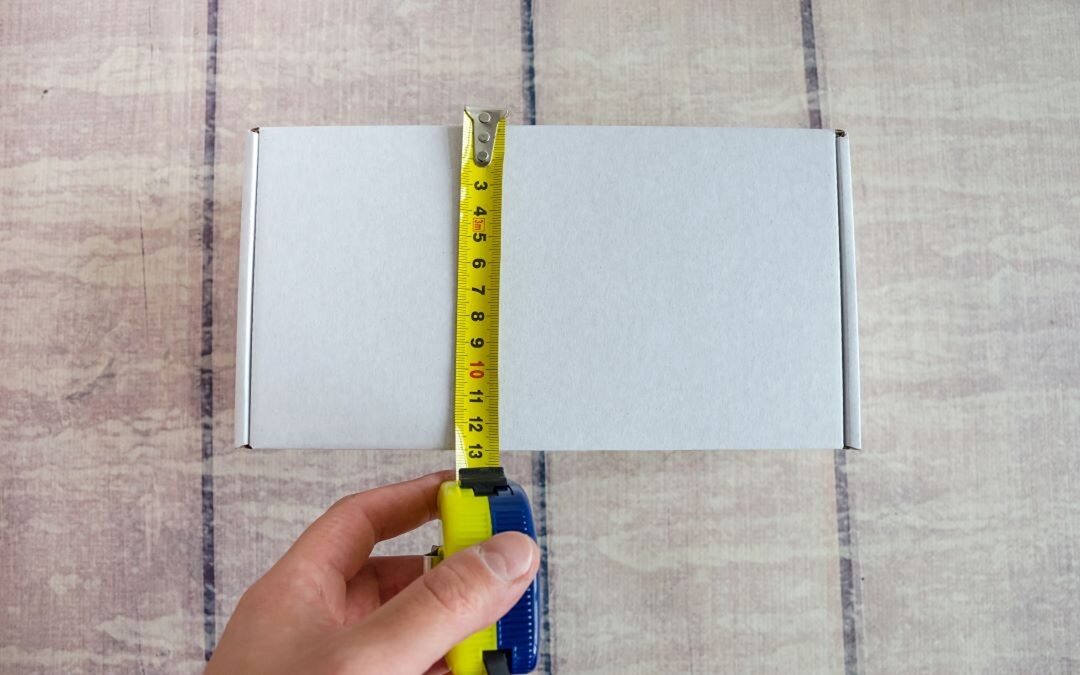When shipping items, it’s important to know the exact dimensions of your cardboard boxes to calculate shipping costs.
Ensuring you have the right dimensions will play a significant role in your product’s safety and warehousing costs, so it’s integral to find the correct box dimensions for your products. To do this, you’ll need to know the ins and outs of measuring the dimensions and volume of a box, which, at face value, can be tricky. But don’t worry, we’re here to break that down for you!
Keep reading to learn how to measure and calculate the volume of a box.
The Steps Of Measuring A Box
The first part of measuring a box is ensuring that you have the right equipment on hand to do so. To measure your box, you’ll need a ruler, or ideally, measuring tape. Measuring tape will be more beneficial if you’re calculating the dimensions of larger boxes.
Below are the four steps to measuring the dimensions of a box:
1. Understanding The Three Box Dimensions
Before you can begin measuring your box dimensions, it’s important to first understand what box dimensions refer to.
Box dimensions include the box’s length, width and height (depth). Length is always the longest part of the box that has a flap attached at the top or the bottom to secure your packaged goods.
The width of the box is the size of the horizontal section and also has the flap attached, but this dimension can be easily differentiated from the length, as it’s much shorter.
The height, or depth, is easily characterized as this dimension has no flap attached. The height is the largest out of the three dimensions despite having no attached flaps. However, this will depend on the shape of the box.
2. Measure The Length First
To measure length, take your ruler or measuring tape and place this against the box to measure the longest part with a flap. Note this down in either inches or centimetres. This will be your first measurement in your dimension calculation.
3. Measure The Width
To measure the width, follow the same process but apply this to the smaller section across, noting this down for your specifications.
4. Measure The Height
To measure the height, you’ll need to measure the standing height of the box from bottom to top. Once you’ve collected all measurements, you can note these down as Length x Width x Height.
Interior And Exterior Measurements
As the thickness of your packaging material can confuse results, it’s best to determine the box’s usability for your particular products by measuring the internal dimensions.
This is because going by external measurements alone can mean your box is too big for your objects, leaving more room for damage while in transit. Simply apply the above steps to the inside of the box to calculate internal dimensions.
Are You In Need Of Boxes For Your Business? Contact The Packaging Company!
Are you searching for the perfect boxes for your business? Look no further than The Packaging Company! We provide an extensive range of packaging materials, shipping materials and custom boxes that are perfect for all your shipping needs.
We pride ourselves on our exemplary customer service and high-quality packaging materials, so your shipping experience will be a breeze! Order from us today and see how we take your shipping materials to the next level!




